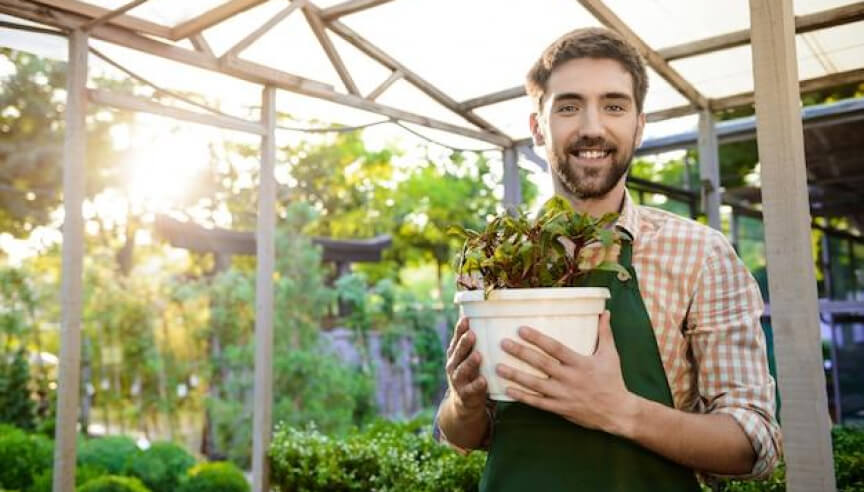Recent Posts
UV Disinfection for Horticulture

UV Disinfection for Horticulture: A Modern Approach to Plant Health
In the realm of horticulture, maintaining plant health is paramount for ensuring optimal growth and productivity. Traditionally, growers have relied on various methods such as pesticides, fungicides, and manual labor to combat pests and diseases. However, with the growing concern over chemical residues and environmental impact, there’s a burgeoning interest in exploring alternative, sustainable solutions. One such method gaining traction is UV disinfection.
Understanding UV Disinfection
Ultraviolet (UV) disinfection is a process that utilizes specific wavelengths of light to neutralize bacteria, viruses, fungi, and other pathogens. UV light is categorized into three main types based on wavelength: UV-A, UV-B, and UV-C. UV-C, with wavelengths ranging from 100 to 280 nanometers, is particularly effective at destroying genetic material and disrupting the DNA of microorganisms, rendering them unable to replicate.
Application in Horticulture
In horticulture, UV disinfection presents a non-chemical approach to pest and disease management, offering several advantages:
- Pathogen Control:
UV-C light effectively targets a wide range of pathogens, including powdery mildew, Botrytis, and various types of bacteria and viruses commonly found in greenhouse environments. By inhibiting their growth and reproduction, UV disinfection helps prevent disease outbreaks and reduces the need for chemical interventions. - Residue-Free:
Unlike chemical pesticides and fungicides, UV disinfection leaves behind no harmful residues on plants or in the surrounding environment. This is particularly beneficial for organic growers or those aiming to minimize chemical usage in their operations. - Safe and Sustainable:
UV disinfection is a sustainable and environmentally friendly method of pest and disease management. It doesn’t contribute to pesticide resistance or disrupt natural ecosystems, making it a preferred choice for eco-conscious growers. - Increased Efficiency:
When integrated into existing horticultural practices, UV disinfection can enhance overall efficiency by reducing labor costs associated with manual pest control measures. Automated UV systems can operate continuously, providing round-the-clock protection for crops.
Implementing UV Disinfection Systems
Integrating UV disinfection into horticultural operations requires careful planning and consideration. Here are some key factors to keep in mind:
- System Design:
UV disinfection systems should be tailored to the specific needs and requirements of the horticultural environment. Factors such as greenhouse layout, crop type, and pest pressure will influence the design and placement of UV fixtures. - Dosage Management:
Achieving optimal UV dosage is essential for effective pathogen control without causing harm to plants or workers. Monitoring UV intensity and exposure time ensures consistent disinfection while minimizing potential side effects. - Safety Precautions:
UV-C light can be harmful to human skin and eyes, necessitating appropriate safety measures. Workers should be trained on the safe use of UV equipment, and protective gear such as goggles and gloves should be provided. - Integration with Other Practices:
UV disinfection should complement existing pest management strategies rather than replace them entirely. Integrating UV treatment with cultural practices, biological controls, and regular sanitation protocols maximizes its effectiveness in maintaining plant health.
Conclusion
UV disinfection offers horticulturists a promising alternative to traditional pest and disease management methods. By harnessing the power of UV light, growers can protect their crops from harmful pathogens while minimizing chemical inputs and environmental impact. As technology advances and UV systems become more accessible, incorporating UV disinfection into horticultural practices holds great potential for promoting sustainable agriculture and ensuring the long-term health and vitality of plants.
